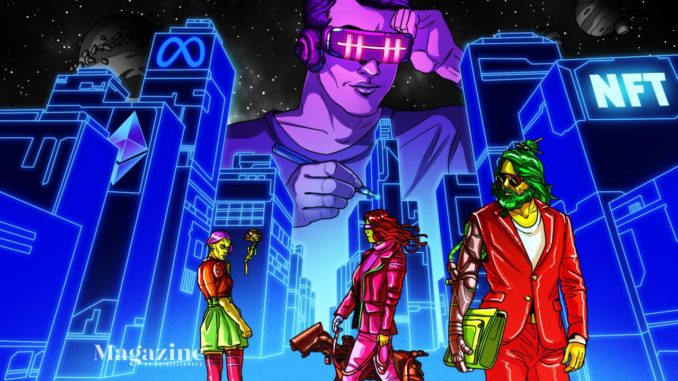
Cointelegraph Magazine talks to some of the leading Metaverse founders to discover their secret sauce for Web3.
Featuring co-founder of The Sandbox Sebastien Borget, co-founder of Upland Idan Zuckerman, head of metaverse growth of Unique Network Irina Karagyuar, chief marketing officer of Univers Peter Nguyen, co-founder of Alien Worlds Sarojini McKenna, co-founder of Immersys Daniel Knott, head of metaverse and NFT of Zilliqa Sandra H and co-founder and chief marketing officer of Bloktopia Paddy Carroll.
Sand dues
The Sandbox has established itself as a major player in the Metaverse and appears to some to have catapulted onto the main stage overnight. But, co-founder Sebastien Borget points out that The Sandbox began life as a mobile gaming studio, pursuing that for eight years before spending four more in blockchain.
So, it’s not an overnight success, just in the right place at the right time — or, perhaps, it helped create the right place and time.
“We’ve been unlucky at times and also lucky. I wouldn’t pretend we invented anything. The ingredients were all there and we were able to piece them together with meaning, value and utility. Now, we are focused on how we develop this form of entertainment,” he says.
“We started with gaming but we are open to any kind of entertainment and want to bring in more culture, more lifestyle, more immersion and more socialization in ways not seen before.”
There are many metaverses in Web3 and Magazine caught up with some of the more prominent founders to get unique insights into how these new digital lands emerged. After all, it’s not every day that someone gets to create a new land — or more importantly — people are enthused enough to come join them.
Progressive decentralization
Like many of the Web3 projects being built, the Sandbox is currently being run as a centralized entity, but its economy is being decentralized through NFTs. Borget calls it progressive decentralization.
It is big business, as Sandbox has demonstrated through the sale of its virtual real estate and the attraction of some of the biggest brands including Paris Hilton, Snoop Dog and Nike.
The current value of the land base of Sandbox based on the secondary market price is close to $1.5 billion, while the SAND token’s market cap is $3.3 billion and ranked #37 overall by total market cap, per CoinMarketCap.
Last month, JP Morgan issued a report on metaverses which concluded by saying that the Metaverse will most likely infiltrate every sector in some way in the coming years, with the market opportunity estimated at $1 trillion in yearly revenues. It’s a bit loose on specifics and the report leaned much more heavily into the hype than reality, but suggests that the only way is up. Since publishing that report, JPMorgan has opened a branch in Decentraland and only this week, HSBC followed suit.
“The timing is right,” says Borget.
The only way is Upland
Upland is an NFT metaverse that is mapped to the real world where users can buy, sell and trade virtual properties akin to real-life counterparts.
“Upland is all about the blurring between the real and digital worlds. While there is huge room for fantasy worlds in the Metaverse, Upland is focused on an experience that is mapped to the real world and real-world location delivered through a mobile-first mindset,” says Idan Zuckerman, co-founder of Upland.
With its direct mapping, Upland mirrors much of reality, but when asked which part of IRL would he leave behind, Zuckerman says instantly:
“Wars.”
He had a very clear image of what he wanted to achieve from the beginning and says it’s important to understand the future ramifications of newly developed technology. He points out the domain extension for Upland is dot.me with the “me” standing for metaverse.
“Our inspiration came from the earliest concept of NFTs. Back in 2018, we studied the ERC-721 contract, or the NFT standard on Ethereum, and early products that were built to utilize it for early iterations of blockchain games,” says Zuckerman.
“We realized what this could mean for the future of digital economies and digital ownership. Web3, even before the term was coined as the future, has been the DNA since the beginning of the Upland operation.”
Web3?
Irina Karagyaur, head of metaverse at Unique Network, the leading Polkadot NFT platform, explains that Web3 is a “decentralized, consensual and token economy based model” compared with the existing Web2 “centralized platform-oriented model” of Facebook, Spotify, YouTube, Google, etc. “If we remain with the same Web2 model, any new development, including the Metaverse, will exacerbate the problems we’re facing already related to data privacy, human rights, the uneven spread of wealth for creators and other problems.” Karagyaur adds that “Web3 is adding real value to the Metaverse because it will allow sustainable business models and bring trust back again. All we need for this to become true is to educate the people so we get things right.”
Zuckerman is looking forward to build out the usefulness of Upland to more than just land. He wants to make Upland into the most sustainable digital economy the world has ever seen and is keen on brands and entrepreneurs entering this space.
Upland has Metaventures which are player-run shops that present micro-entrepreneurs and enterprises with the ability to create new revenue streams.
Zuckerman believes that community is the single most important aspect of any digital economy.
Peter Nguyen, chief marketing officer of Univers, a metaverse network that seeks to connect the metaverses, agrees.
“Community is extremely important to Univers because we are a project built for the people, by the people. We want our ecosystem to benefit every type of user. Therefore, nurturing a passionate community interested in the evolution of Univers is crucial. We want community feedback. We want users to explore their own creativity and add to the project. We want to connect all of these amazing virtual experiences and give people a place to dream while they build meaningful relationships.”
Without a community, then there is no Metaverse.
Communities and competition
“It’s all about the DAO,” says Sarojini McKenna, referring to decentralized autonomous organizations. He’s the co-founder of Alien Worlds, a metaverse with seven planets built on the WAX blockchain.
Alien Worlds is converting people to mass adoption through strategy and governance. It’s like sneaking extra shredded vegetables into children’s dinners — they don’t even know they are eating them. Likewise, the gamers are often unaware that they are building something much bigger than mining Trilium on a planet in a galaxy far, far away.
Launched two years ago, it’s the biggest game on WAX and flips in and out of first and second place of all decentralized applications globally with PancakeSwap and Splinterlands, according to DappRadar (https://dappradar.com/rankings.)
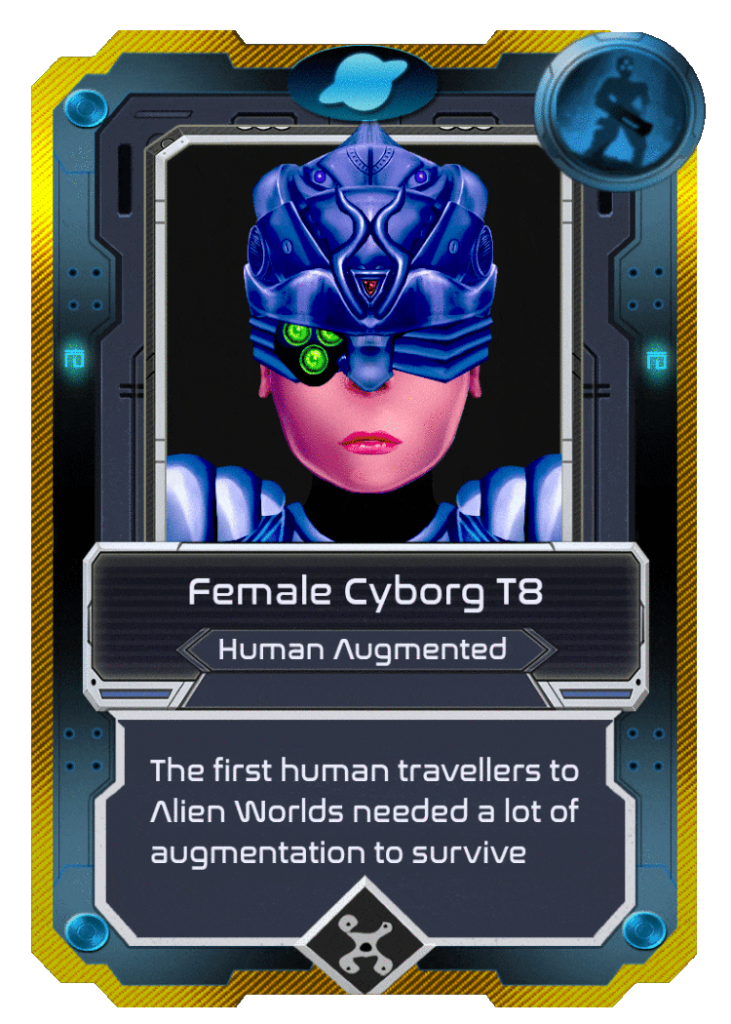
Alien Worlds allows people to earn Trilium through mining on the six planets in the game using different implements and rewards. Trilium can also be cashed out, and there are many videos on YouTube showing you how to do this, but McKenna is less interested in that aspect.
The goal is not just to mine Trilium, it’s to mine it and stake it to a particular planet. The six planets are competing for the scarce resource. The bigger the planet with more users and the more Trilium staked, the more Trilium it attracts in daily inflation.
From there, the planets can get a bigger treasury and more control over their planet. In time, adherents of each planet will be able to amend the codebase and change the rules of the game. Initially, a starter template is passed down, much in the same way as the ten commandments, with certain permission thresholds. But, over time, they are going to be able to scratch away at the rules and instate their own.
“We are always encouraging players to team up, make friends and then go and dominate a planet. This is all in preparation for the arrival of governance to the six planets and whether or not they own land, and we want players to run events with people with common goals. In turn, this may lead to the actual management of a planet,” says McKenna.
The bridge is all mine
In a new development, Alien Worlds also announced that it built a bridge to Minecraft, the popular gaming platform with more than 100 million players. It will offer a fast onboarding of non-blockchain gamers onto the WAX platform and allow traditional gamers the opportunity of earning cryptocurrency, in this case, Trilium, for completing quests.
This was a daring idea, as the worlds of gamers and blockchain play-to-earn are not as neatly connected as one might imagine when looking in from the outside. For one, P2E games are focused on earning largely through repetitive tasks or card-based challenges. Gamers like to play games, often employing complex storylines — although there are also many shoot ‘em up popular models.
Another P2E game on the WAX blockchain is Immersys. Founded by Daniel Knott, he originally started called Immersys a Multiverse.
“After looking into the term metaverse and its meaning, we decided we were in fact not just a metaverse, but a metaverse ecosystem. The Metaverse is made up of many different levels. Each level is represented by some sort of future tech, decentralization and nonfungible tokens are just a small portion of the Metaverse. We call ourselves an ecosystem because Immersys is focused on developing technology that spans multiple layers of the Metaverse like augmented reality and virtual reality.”
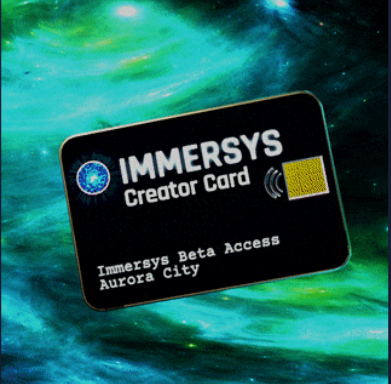
He sees land sales as being important, but the community is even more important. “Land, just like in the real world, is all about location and until all metaverses are connected, you’ll want to make sure you’re building in a world that has a strong community. A place where you can be confident that you’re not just the product, but a producer.”
Knott is also well embedded in the Metaverse, with most of his assets in crypto. He wants to leave fiat behind. And, when asked if he will move to the Metaverse, he says: “I already have.”
Metaverservice
Sandra H is head of metaverse at Zilliqa and calls Metapolis the first-ever metaverse as a service, or MaaS, platform that is powered by a layer-1 blockchain. Launched in January, it is a highly immersive and gamified XR metaverse platform. Her focus is on continuous tech growth and building out cities for brands, partners and individuals to belong to.
The project wants to integrate the real with the Metaverse.
“The Metaverse in itself calls for a mixture of real-world elements and an eclectic mix of ideas and concepts. That is why our vision with Metapolis is to infuse the two — not only when it comes to designing how your city or dome would look like in the Metaverse, but also how you can integrate these elements together to create an immersive experience all around. For example, if you have an NFT on display in your physical house, you can scan a QR code and end up in your Metapolis dome where you can continue looking through your gallery of NFTs,” she says.
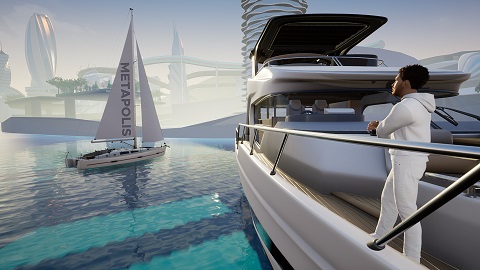
Metapolis is looking at having all the “earns” such as play-to-earn and learn-to-earn, including move-to-earn — another way of integrating the real world with the virtual.
“We are deep diving to move-to-earn when it comes to wearables and how they can be attached to our physical world, leveling up our avatars, gain rewards and unlocking features.
When asked if she will move into the Metaverse, H replies: “I am already operating on MST, or Metapolis Standard Time.”
Yes, the rumours are true. Zilliqa will be hitting up #Miami to host an exclusive, early-access event for Metapolis!! 🪩
Watch https://t.co/qrrcJtb7Dh later this week to find out how you can be a part of it. 👀 pic.twitter.com/p9i3sDvmK9
— Zilliqa (@zilliqa) March 23, 2022
Bloktopia
A more recent metaverse is Bloktopia, which arrived in the past year, and is headquartered in the United Kingdom. Bloktopia is a metaverse platform designed as a skyscraper with 21 levels where users can purchase designated spaces from the floorplan with the platform‘s cryptocurrency token BLOK.
Paddy Carroll, co-founder, says: “For me, a Metaverse is a virtual world and the next logical iteration of the internet. Anything that can be done in the real world should be able to be achieved. It should be focused on social connection but without the boundaries of geographical location. If something which claims to be a Metaverse isn’t doing that, then I don’t think it is one.”
🚨ROADMAP RELEASED!🚨
Check out the Bloktopia roadmap for 2022 here 👇https://t.co/XmG0ohnsbD#Roadmap #VR #Metaverse #BLOK pic.twitter.com/Vhj0tCvyJa
— Bloktopia (@bloktopia) March 28, 2022
Brands are critical to the Blocktopia skyscraper metaverse. Brands provide identity. They maintain relevance and interest for visitors and they allow for commercialization keeping the Metaverse afloat.
“The mission for our metaverse is to contain everything that anyone will ever need to know about Cryptocurrency and NFTs. We need brands in there, right from exchanges, blockchains, NFT projects and even other metaverses. We have attracted major brands in the crypto space like Binance, Solana and Animoca Brands, along with global influencers like Jake Paul who have opened retail spaces, shops or offices in our digital skyscraper.”
Univers founder Nguyen also agrees on the importance of brands to the space.
“Integrating these brands into the Metaverse is brilliant because brands can create entirely new and limitless experiences while their consumers benefit from the freedom blockchain presents, continuing to indulge in their favorite brands. We’ve already begun to see fashion bands creating NFTs for some of their most sought-after apparel. Not only do consumers get the chance to actually purchase the apparel, but using AR, they can see what it looks like on their body before purchasing.
@Univers_network is excited to announce our strategic partnership with @NakamotoGames !
Head over to Medium to learn more about our incredible partnership:https://t.co/uhFqddvtHN#Metaverse #blockchain #cryptocurrency pic.twitter.com/CoTFpRvzSb
— Univers (@Univers_network) March 26, 2022
Nguyen explains that once the apparel is accompanied by NFTs, consumers can prove authenticity and enjoy many other benefits attached to owning the NFT such as private showings, talks or exclusive previews. Brands in the Metaverse can enhance consumer experience while accessing new audiences and adding to the prestige and growth of the Metaverse as a whole.
“It’s a symbiotic relationship where brands benefit from the technology, freedom and ever-growing audience of the Metaverse while gaining real-world utility, untapped audiences and bright new minds to continue developing it,” he says.
Connecting the worlds
Univers aims to address how to connect the metaverses — like international travel but without the carbon footprint. It’s not a Metaverse but a Metaverse network.
Nguyen says: ”This is because the Metaverse is singular, or, more accurately, a space within which all virtual experiences coexist and are pieces of the greater whole. Our objective is to change the dialogue around the Metaverse so that more people understand that we are all important pieces of the Metaverse and are more powerful when connected.
“Univers is the Metaverse network. We are the thread that weaves all of these incredible projects together and allows for increased interoperability, utility and, ultimately, connectivity.”
Like Upworld, Univers looks to include real-world elements in a way that is considered to be not only important but also essential and natural.
“We regard the Metaverse as an extension of our reality. The infinite possibilities of the Metaverse inspire user creativity, while the real world elements are what make the Metaverse truly innovative. By including real world elements, we learn more about our real world and how to actively improve it. The more we embrace the Metaverse as an extension of our reality, the more we can use it to develop real world solutions and expand upon its utility in our everyday lives.”
The common view of most founders is that they are already down the rabbit hole and living in their corner of the Metaverse. As Carroll from Bloktopia says — “come join me.”



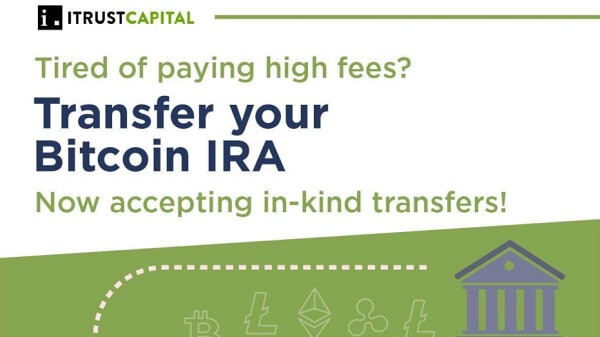


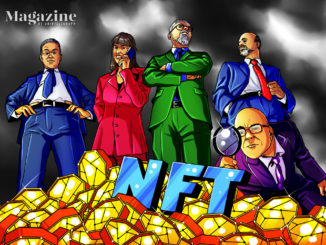
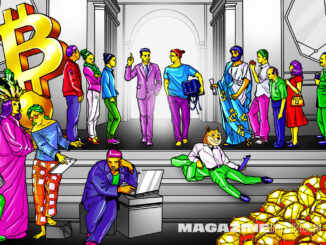
 Bitcoin
Bitcoin  Ethereum
Ethereum  Tether
Tether  XRP
XRP  USDC
USDC  Solana
Solana  TRON
TRON  Lido Staked Ether
Lido Staked Ether  Dogecoin
Dogecoin
Be the first to comment